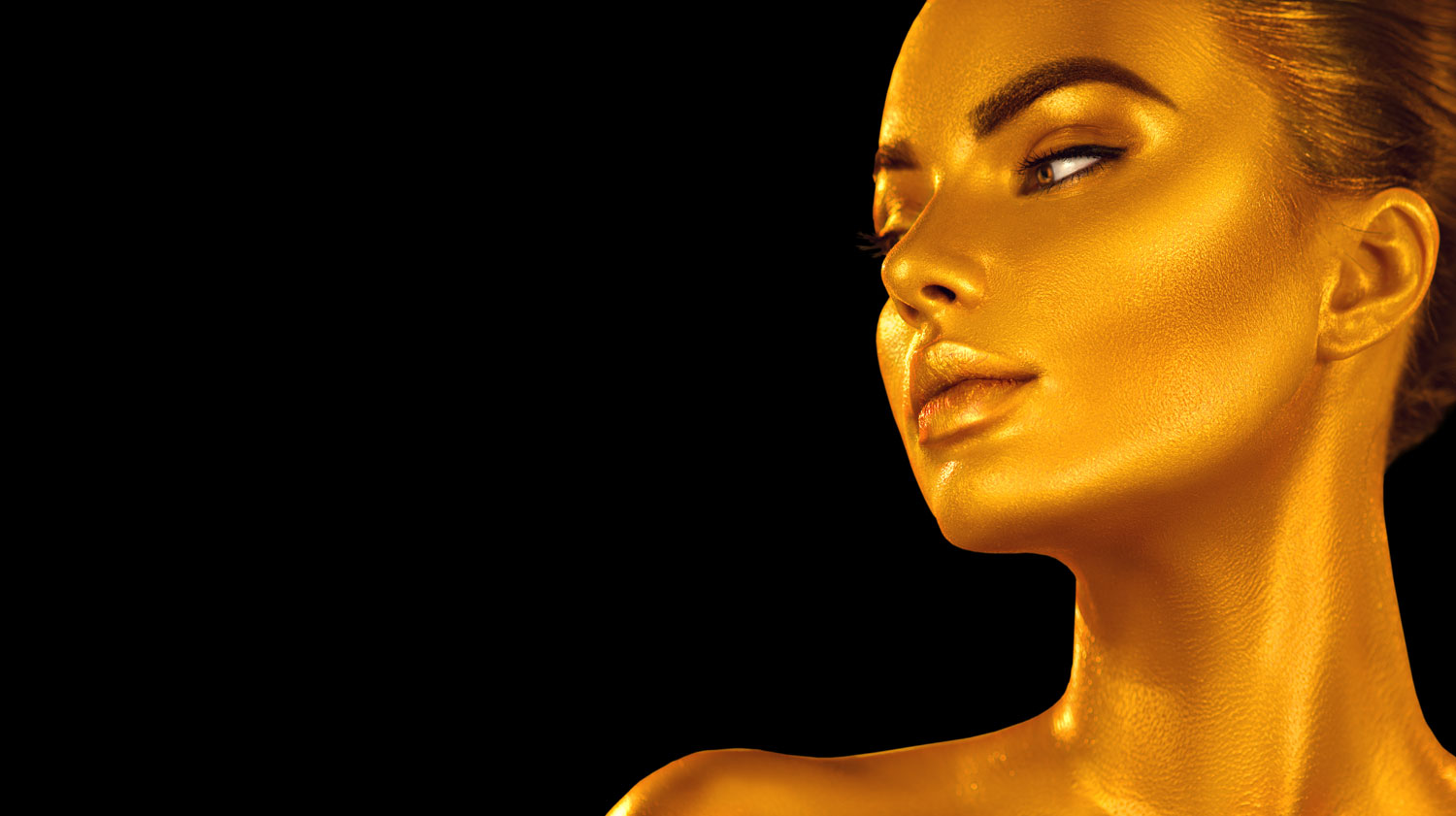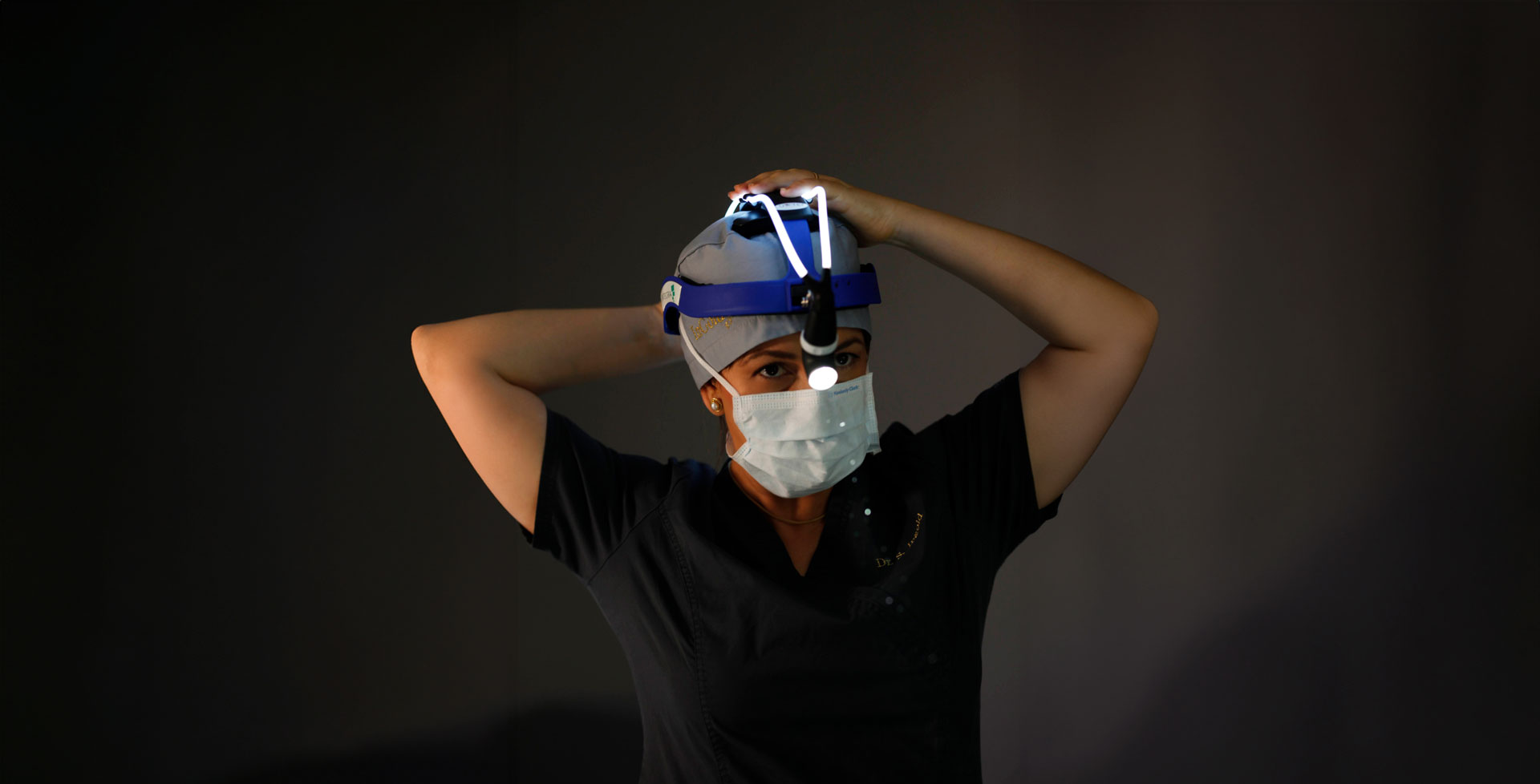Thread Lifting
The use of threads in aesthetic medicine is a minimally invasive method for skin tightening and rejuvenation.
Thread Lifting
The use of threads in aesthetic medicine is a minimally invasive method for skin tightening and rejuvenation. This treatment offers a gentle alternative to surgical facelifts by inserting special threads under the skin to tighten and lift tissue. Threads can be used on various areas of the face and body to tighten sagging skin, reduce wrinkles, and achieve an overall rejuvenated appearance. The procedure is quick, requires little downtime, and delivers immediately visible results that continue to improve over time. Thanks to the minimally invasive nature of this method, the risks and side effects are lower compared to traditional surgical procedures. The different types of threads, such as PDO, PCL, and PLL, offer different benefits and durability, allowing the treatment to be individually tailored to the patient’s needs and goals.
Trust your skin and your beauty only to the experts.
We enhance your beauty with harmonious and long-lasting results.
Our internationally renowned specialists offer first-class care and security.
We use the latest technologies to deliver precise results that meet the highest standards.
Our team combines surgery, medicine, anti-aging, and dentistry to comprehensively meet your aesthetic needs.
As a leading educational institution, we train doctors and set international standards.
What threads are there?

PDO Threads
PDO threads (polydioxanone) are bioresorbable threads that have been safely used in surgery and aesthetic medicine for many years. These threads are inserted under the skin to provide immediate tightening and lifting of tissue. At the same time, they stimulate the body’s own collagen production, leading to long-term improvements in skin texture. PDO threads are particularly effective for treating mild to moderate skin laxity and offer natural, subtle results.

PCL Threads
PCL threads (polycaprolactone) are durable, bioabsorbable threads known for their longer lifespan and greater collagen stimulation. These threads are also inserted beneath the skin and provide immediate tightening and lifting while stimulating collagen production. The results of PCL threads can last up to two years, making them an excellent choice for patients seeking long-lasting effects. PCL threads are ideal for deeper skin tightening and rejuvenation.

PLL Threads
PLL threads (polylactic acid) are also bioresorbable threads valued for their effective and long-lasting skin tightening and rejuvenation. These threads not only provide immediate tissue lift but also intensively stimulate the production of collagen and elastin, leading to improved skin texture and firmness. The results of PLL threads can last up to two years, making them an excellent choice for long-term skin rejuvenation. PLL threads are particularly well-suited for treating deeper wrinkles and sagging skin.
Questions & Answers
What techniques are used in rhinoplasty?
There are two main techniques: open rhinoplasty, in which a small incision is made on the nasal bridge, and closed rhinoplasty, in which all incisions are made inside the nose.
Will the costs of a rhinoplasty be covered by health insurance?
If rhinoplasty is performed for medical reasons, such as to correct a breathing disorder, health insurance may cover part or all of the costs. Purely aesthetic corrections are generally not covered.
How long is the recovery time after a rhinoplasty?
Complete healing after rhinoplasty can take several months, but most patients can return to their normal activities after about 1-2 weeks.
How long do the results of a rhinoplasty last?
The results of a rhinoplasty are usually permanent. However, it can take up to a year for the final shape of the nose to become fully visible.
When is non-surgical rhinoplasty advisable and what results can be achieved?
A non-surgical rhinoplasty is suitable for minor imperfections, asymmetries, or a slight nasal hump. Using fillers, muscle relaxants, or threads, the nasal line can be smoothed, the tip lifted, or proportions harmonized – all without surgery and with immediately visible results.
How does non-surgical rhinoplasty differ from surgical rhinoplasty?
While surgery allows for permanent structural changes, non-surgical rhinoplasty is minimally invasive, virtually painless, and requires no downtime. It is suitable for aesthetic adjustments, but not for functional problems such as breathing difficulties or very significant changes in shape.
Is non-surgical rhinoplasty covered by health insurance?
No – since this is an aesthetic procedure, the treatment is not covered by health insurance.
Am I suitable for non-surgical rhinoplasty?
Patients seeking aesthetic correction without surgery are ideally suited. However, those requiring significant reduction or functional improvement (e.g., for breathing problems) are better advised to undergo surgical rhinoplasty.
Who is a surgical lip lift suitable for?
A lip lift is ideal for patients who desire permanent upper lip augmentation without fillers, especially those with a long upper lip or a narrow smile. Each case is unique; after an on-site assessment, we will recommend the best possible method.
Is a surgical lip lift painful?
The lip lift is performed under local anesthesia, making the procedure painless. Mild pain and swelling may occur in the first few days after the procedure.
How long is the recovery time after a surgical lip lift?
Recovery time is typically 1-2 weeks. Swelling and minor bruising will subside during this time, and the final results will be visible after a few months.
Are there visible scars after a surgical lip lift?
The incisions are made discreetly at the base of the nose, so the scars are usually barely visible after healing.
What are the advantages of a surgical lip lift over fillers?
Surgical lip lifting offers a permanent solution without the need for regular touch-ups and creates a natural, permanently rejuvenated lip appearance.
What are the different types of facelifts, and which one is best for me?
There are different types, such as the mini facelift, the traditional facelift, and the SMAS lift. The best method for you depends on your individual needs and desired results. After a personal consultation, we can recommend the best possible method.
How does a facelift differ from non-invasive treatments such as botulinum toxin or fillers?
A facelift offers deeper and longer-lasting results by removing excess skin and tightening underlying layers. Non-invasive treatments such as botulinum toxin or fillers only treat wrinkles and/or volume loss and do not offer long-term solutions. However, the use of botulinum toxin and fillers is often necessary after a surgical facelift.
How long is the recovery time after a facelift?
Recovery time varies but is typically 1-2 weeks. Slight swelling and bruising are to be expected in the first few days.
Will the scars be visible after a facelift?
The incisions are placed in such a way that the scars are usually inconspicuous and are usually hidden behind the ears or along the hairline.
Is a facelift suitable for me if I only have small wrinkles?
For small wrinkles, a mini facelift or a non-surgical treatment such as botulinum toxin or fillers may be a suitable alternative. A consultation will determine the best method.
Is chin correction surgery covered by health insurance?
In most cases, this is a cosmetic procedure that must be paid for privately. Coverage by health insurance is only possible in exceptional cases—for example, in cases of severe misalignments with functional problems that require medical documentation. Approval of costs is only granted after an individual assessment by the health insurance company. Further information is available during a personal consultation at our clinic.
Am I suitable for chin surgery?
Suitable patients are those who are dissatisfied with the shape, size, or position of their chin and desire a permanent correction. Good general health is a prerequisite. Whether there is a medical indication and which method is most suitable will be clarified during an individual consultation.
When is surgical chin correction advisable and what results can be achieved?
Chin correction surgery is particularly useful when a chin that is too small, too large, or asymmetrical impairs facial harmony or jaw function. Targeted correction can balance the profile, making the face appear more proportionate, aesthetically more harmonious, and functionally improved.
How does surgical chin correction differ from minimally invasive methods such as fillers?
While fillers can temporarily build volume or conceal minor imperfections, they don’t alter bone structure. Chin surgery, on the other hand, allows for permanent and precise adjustment of the shape, size, and projection of the chin. In some cases, a combination of both methods may be beneficial to achieve optimal results.
Are there visible scars after blepharoplasty?
Scars after blepharoplasty are usually minimal and well hidden in the natural skin folds of the eyes.
How soon can I return to work after blepharoplasty?
Most patients return to work after about a week, depending on swelling and healing.
Is blepharoplasty also suitable for younger patients?
Yes, younger patients with genetically caused drooping eyelids or bags under the eyes can benefit from blepharoplasty, even if they do not have age-related skin changes.
What are the advantages of blepharoplasty compared to non-surgical eye treatments?
Blepharoplasty offers permanent results for drooping eyelids or bags under the eyes, while non-surgical treatments achieve temporary corrections with fillers or botulinum toxin.
When is canthoplasty or cantopexy indicated?
Canthoplasty or cantopexy is useful when the outer corners of the eyelids are drooping or sagging, resulting in a tired, sad facial expression. It is also used for eyelid misalignments (e.g., ectropion, entropion), after previous eyelid surgery, or to aesthetically enhance the shape of the eye. The goal is to restore a stable, youthfully firm contour to the eye. This surgery is combined with an open eyelid lift.
When is a surgical forehead or brow lift advisable?
Surgery is particularly recommended when conservative methods such as muscle relaxants or thread lifts no longer produce the desired effect. Especially in cases of severely sagging skin or very low eyebrows, only surgical techniques can achieve long-lasting, natural results.
How long does the result of a surgical facelift last?
The results are significantly more long-lasting than with minimally invasive methods. Typically, the effect lasts 10–15 years or longer, depending on skin quality, lifestyle, and genetic factors.
Am I suitable for a surgical brow or forehead lift?
Suitable patients are those suffering from sagging forehead skin or drooping eyebrows and who desire an open, fresher facial expression. Good general health and realistic expectations are important. A personal consultation will determine whether a surgical facelift or a less invasive method is the best solution for you.
Is a brow or forehead lift covered by health insurance?
This is generally a cosmetic procedure that is not covered by health insurance. Co-payment would only be conceivable if there is a proven medical indication—for example, a significant restriction of the field of vision due to drooping eyebrows. However, this must be documented in advance through an ophthalmological examination and clarified with the insurance company.
How does fat transfer differ from other methods of volume filling, such as hyaluronic acid or implants?
Fat transfer uses the body’s own fat, offering a natural and permanent solution, while hyaluronic acid provides temporary results. Unlike implants, fat transfer carries no risk of rejection or intolerance.
How long does it take to heal after a fat transfer?
Healing typically takes about 1-2 weeks. Swelling and bruising may occur during this time. Final results are visible after a few months, when the fat has fully integrated into the new area.
Can fat transfer be combined with other aesthetic procedures?
Yes, fat transfer can often be combined with other treatments such as facelifts, breast augmentation, or skin tightening to achieve a comprehensive aesthetic result.
How long do the results of a fat transfer last?
The results of a fat transfer can be long-lasting, as the transplanted fat cells that successfully settle in their new area remain there permanently. However, it’s important to note that a certain percentage of the fat can be reabsorbed by the body.



